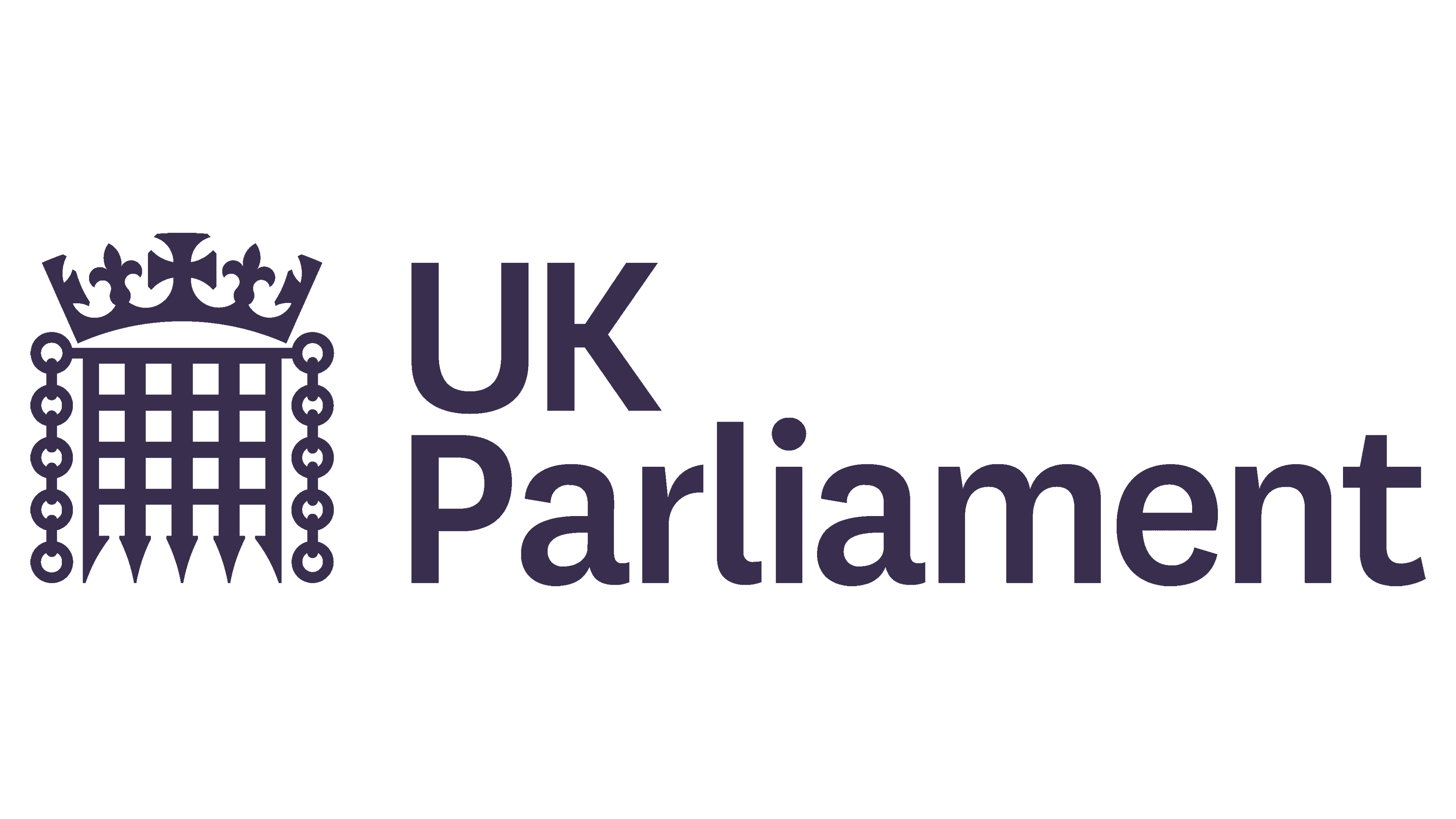UK Parliament Logo
The UK Parliament is one of the oldest representative bodies and continues to operate to this day. One of its characteristic features is that throughout almost the entire period of its existence, the Parliament practically did not stop functioning. From the moment of its formation until the beginning of the 20th century, it expanded its influence and gained more and more strength with each century. At present, Parliament occupies the most important place in the system of public authorities of Great Britain and its former colonies in the Asia-Pacific region.
Meaning and History
The UK Parliament arose as a result of a long struggle and a series of compromises between the king, the nobility, and the communes. The most famous stages of this struggle were the conflict of 1215 between King John Landless, the brother of Richard the Lionheart, and the barons, which ended with the adoption of the Magna Carta. No less significant was the civil war that broke out during the reign of Henry III (1258 – 1267), which led to the emergence of the Parliament in 1265. It was in this year that, at the initiative of Simon de Montfort, Earl of Leicester, an assembly was convened. It included two knights from each county and two representatives from large urban communes. During the period lasting from 1425 to 1603, there was an increase in the role of the Parliament. The word “parliament” was born in medieval England, but by etymology and spelling is French, derived from “parler” (to speak). Parliament, like the whole of Great Britain, is undergoing significant changes nowadays. The established centuries-old foundations are being revised in the most traditional of all countries of the Western world in accordance with the realities of our time.
What is UK Parliament?
The UK Parliament, a representative body, became the prototype of modern democratic institutions. Its structure and functions have been preserved without major changes for several centuries. It is made up of the House of Commons and the House of Lords.
Before 2018
The emblem of the British Parliament is very symbolic as it consists of the crown and a fortress gate of Medieval times underneath. The crown, which features a pattern of crowns designed way before the 15th century, is a symbol of kings. The monarchs of the United Kingdom have always joined the annual meeting of the Congress of the Parliament. There is actually even more meaning behind this symbol as the alternating fleur-de-lis and crosses represented the unity of God and kings in the ruling of the UK. The crown is placed at the very top to signify that the king is the head of the country. The gates were also always a big part of strong, powerful kingdoms. The black and white symbolize authority and sophistication.
2018 – Today
The logo used for many years was updated in 2018 by SomeOne design studio to reflect the changes in the Parliament to stay in line with modern realities. It was also modified to be more digital-friendly. The emblem was now accompanied by an inscription “UK Parliament”. It was printed in two lines aligned to the left using a sans-serif typeface. The emblem was downsized to be the same height as the inscription.
Font and Color
Black is a formal, classic color that is used to represent power and authority. It is a very appropriate color choice for a serious organization. The Parliament went for a rather simple, yet elegant sans-serif font for its emblem. The inscription was introduced only in 2018 and used a typeface called National designed by Klim.














